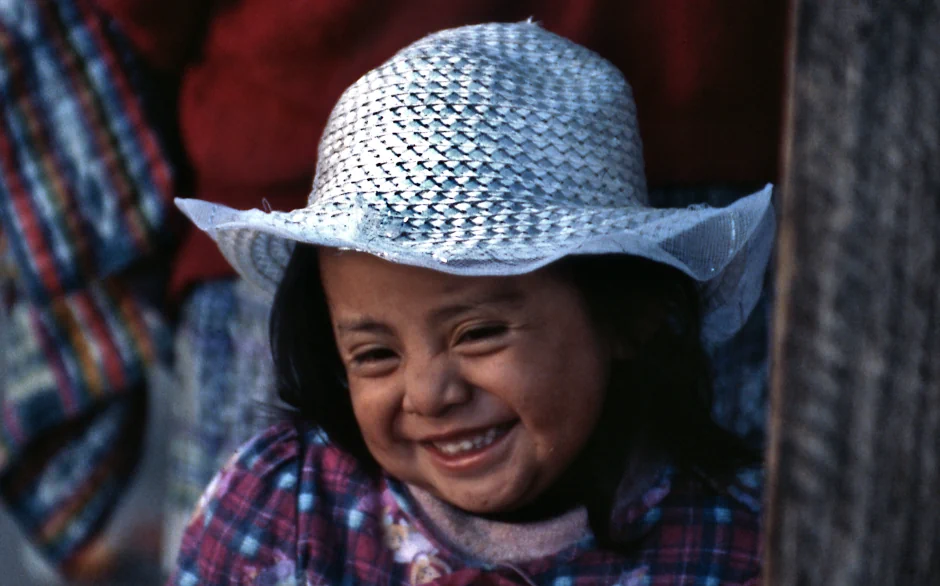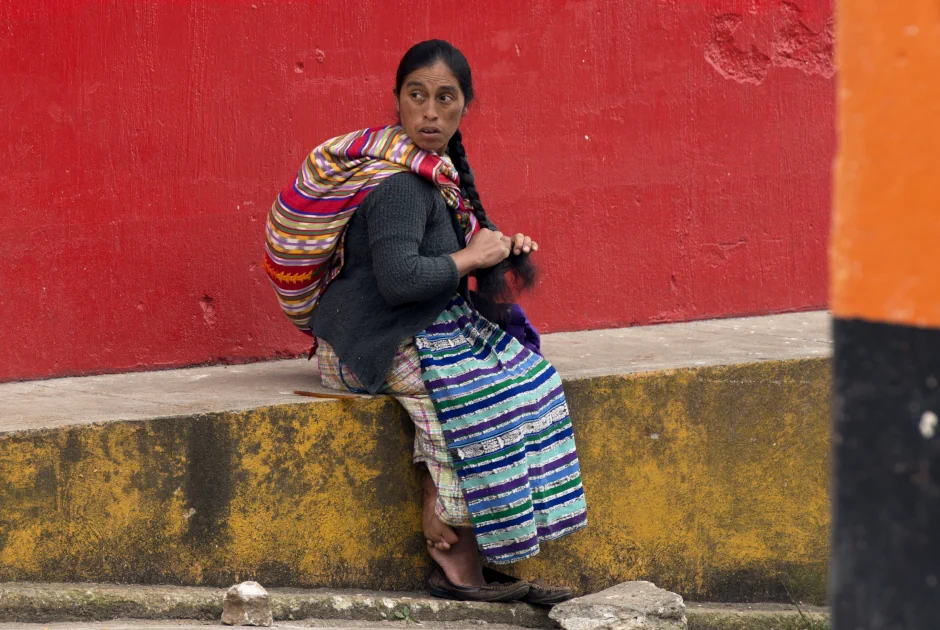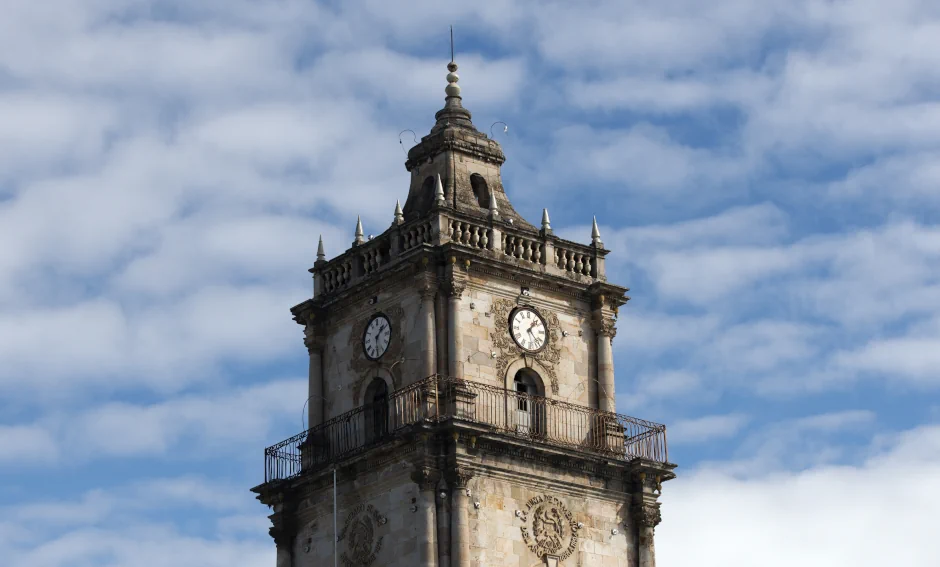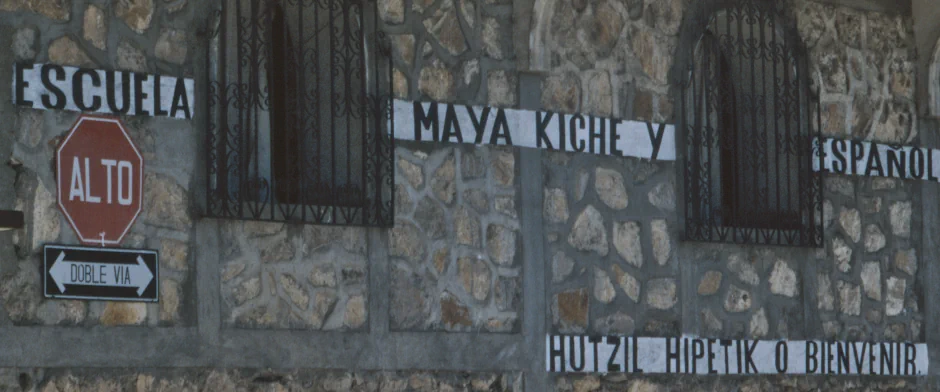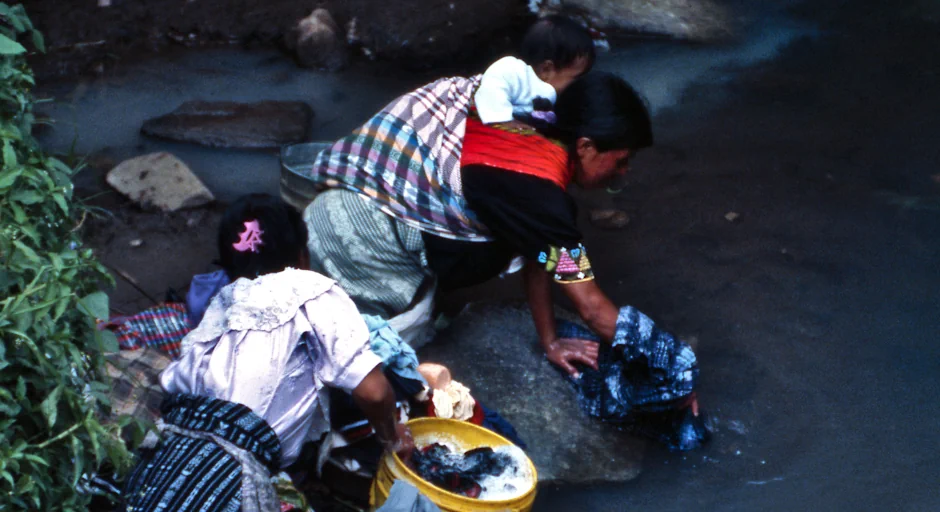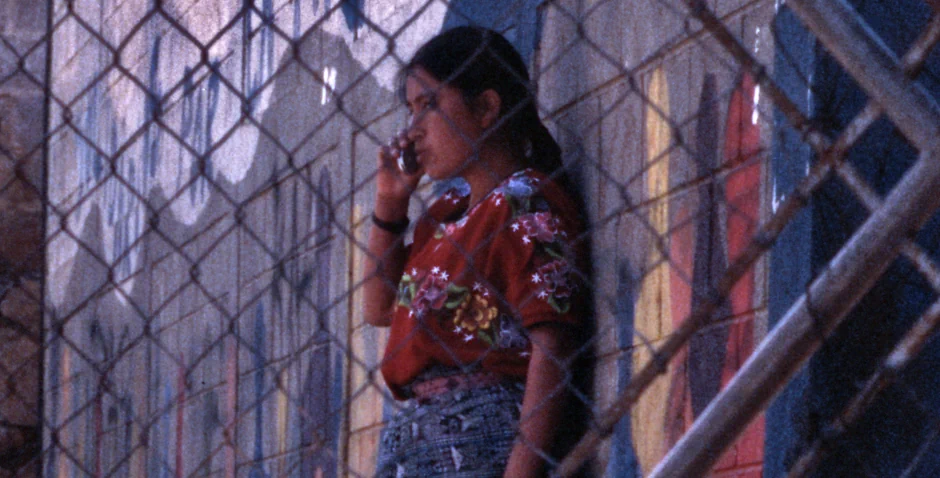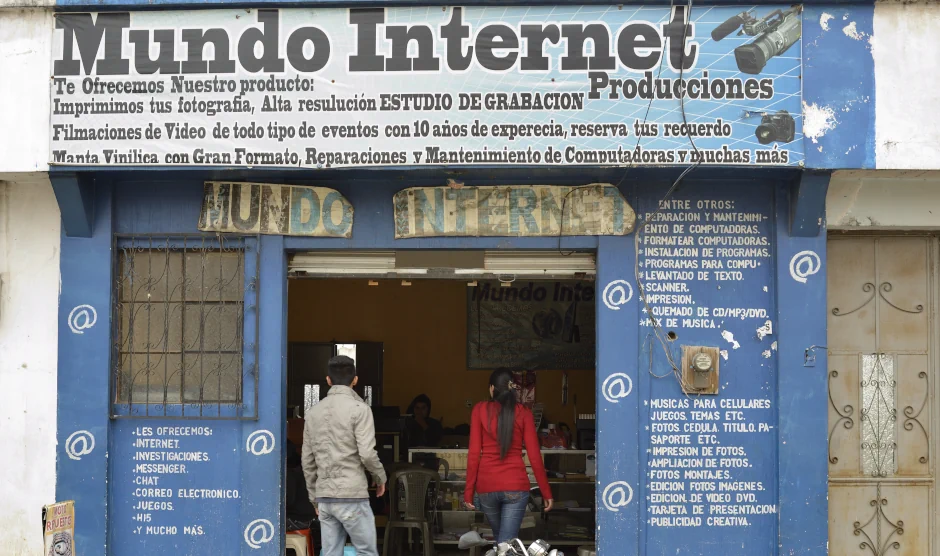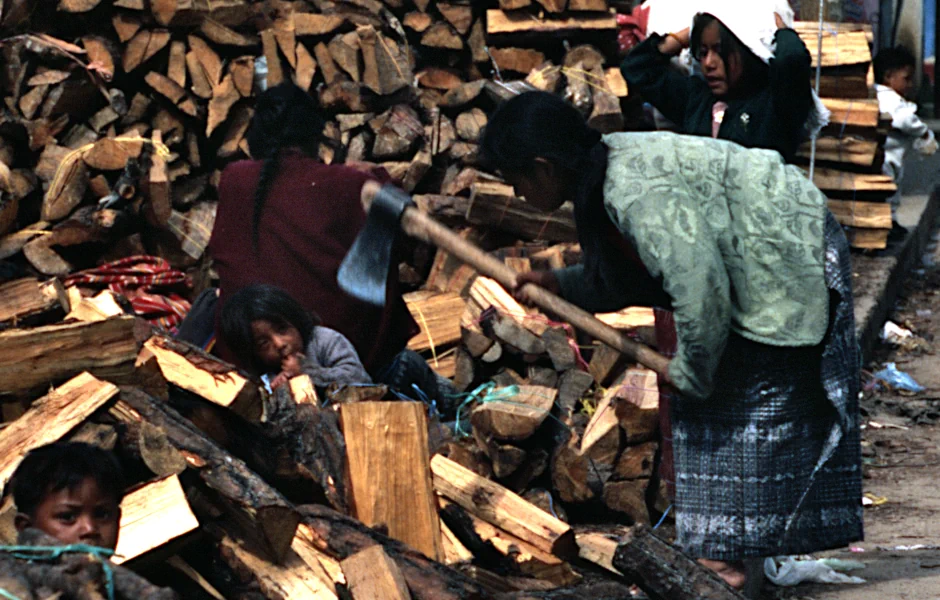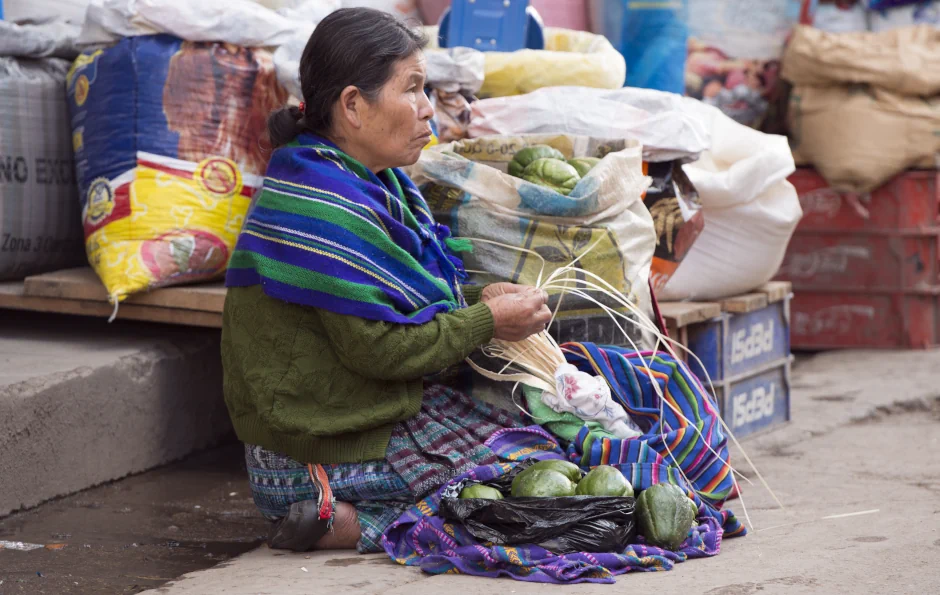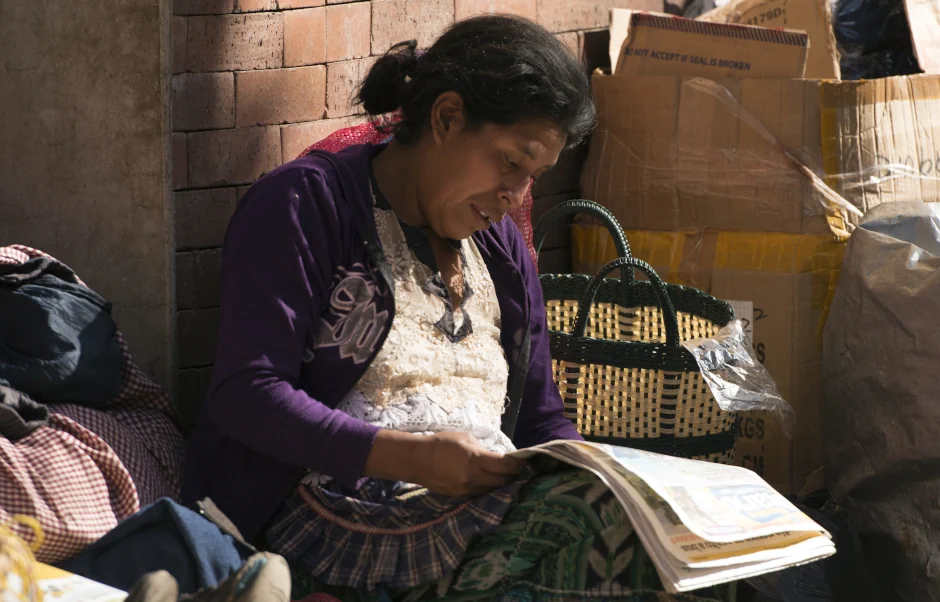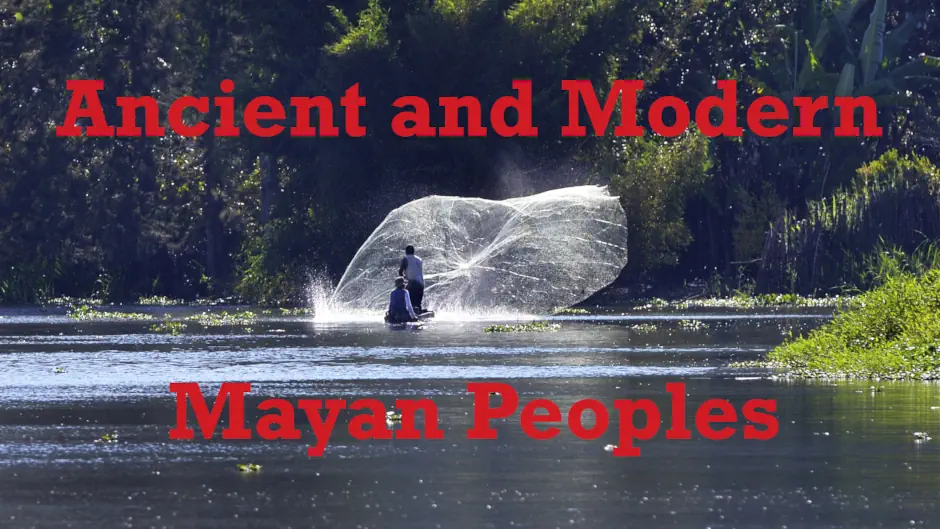The Indigenous Kiche People
Ethnonyms: Quiché, K'iche' Countries inhabited: Guatemala Language family: Mayan Language branch: Quichean
Folkloric accounts of people's creation myths have existed for thousands of years. Many of those accounts have never been written, but they have survived instead as oral history. The Kiche Maya of the western Guatemalan highlands "wrote" theirs. The Popol Vuh (Book of the People) is a treatise about their creation and their history; it is also one of the most important historic documents from Mesoamerica.
They could have written the Popol Vuh using the ancient Mayan writing system long before any Spaniards arrived. If they did, no original copy of it will likely ever be found — the conquistadors would have destroyed every copy that existed.
Around one in ten people in Guatemala is Kiche. Their name means "many trees," and the best-known Kiche "tree" is Rigoberta Menchú, who was the 1992 recipient of the Nobel Peace Prize. She received the award for her seminal work in bringing to the world's attention the plight of Guatemala's indigenous people during the civil war that was taking place at the time.
Ancient Kiche society was far removed from the concept of democracy. After the civil war, though, they began to live in what is today, officially at least, a democracy.
Historically, though, the most celebrated Kiche "tree" is the legendary Tecún Umán, who has a town in Guatemala named after him. He led the Kiche military resistance against the first Spanish conquistadors. He was killed, his army lost the battle and the conquistadors sacked and burnt the ancient Kiche capital, Q'umarkaj, soon after.
In an act of both real and symbolic colonialism, they then used some of Q'umarkaj's ruins to build their own capital in the region, Santa Cruz del Quiché. It is still a thriving, majority-Kiche town to this day.
If Tecún Umán and his army had been successful in battle, it's possible that the only copies of the Popol Vuh in existence today would be written in the ancient Mayan script, and that we would have to learn that script before we could read it. Instead, the Kiche, and other Maya peoples, are today learning the script of their ancient ancestors for the first time.
The Kiche are among the few Maya groups who rose to prominence after the collapse of the great Maya city-states and the subsequent decline of the Maya Empire of the Classic Period (roughly 300 to 1000 CE). They were conquered partly because their Kaqchikel neighbors — also a Post-Classic Maya people — allied immediately with Spanish conquistadors and fought alongside them.
The plight of the Kiche people changed overnight. Their lands were seized, and they were relegated to the status of laborers for their new, colonial landowners. Little has changed since that time — though some things have. In their modern world of contrasts the women photographed above do their laundry in the local stream, while the woman photographed below uses a mobile phone.
A similar contrast is reflected in the photographs below. The first shows two Kiche people entering an Internet café while the second shows a woman chopping firewood to heat her home.
Amid such contrasts, daily life for the Kiche revolves around livestock, agriculture, trade at the weekly market and observing their blend of traditional and Roman Catholic religious beliefs and practices.
The oldest known copy of the Popol Vuh was written around 300 years ago. By then, most Kiche people spoke Spanish as well as their own language — which is still the case today. Although it was written in Spanish, most Kiche were not literate enough to read it back then. Today, they can read the Spanish version. Perhaps, one day, their "Book of the People" will be available in the script in which it was (or should have been) originally been written.
Photography copyright © 1999 - 2026, Ray Waddington. All rights reserved. Text copyright © 1999 - 2026, The Peoples of the World Foundation. All rights reserved.

Waddington, R., (2015, revised edition 2023) The Indigenous Kiche People. The Peoples of the World Foundation. Retrieved January 17, 2026, from The Peoples of the World Foundation. <https://www.peoplesoftheworld.org/text?people=Kiche>
Web Links The Kiche (Quiche) Language Popol Wuj (the oldest known copy of the Popol Vuh) Books London, D. S. and London, T. L., (2007) We Were Taught to Plant Corn Not to Kill: Secrets Behind the Silence of the Mayan People. Back Up Books Human Rights Press. Hawkins, J. P. and Adams, W. R., (2005) Roads to Change in Maya Guatemala: A Field School Approach to Understanding the K’iche’. Norman, OK: University of Oklahoma Press. McKillop, H., (2004; reprinted 2006) The Ancient Maya: New Perspectives. New York: W. W. Norton and Company.
